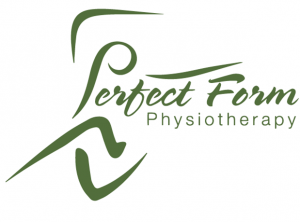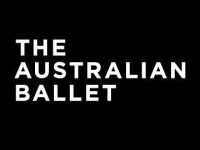Functional Training | Part 1
What is it and how does it apply to me as a dancer?
by Sally Harrison from Perfect Form Physiotherapy

Just as an athlete spends a lot of time training for competition, it is equally important that the professional dancer does the same. The training I refer to is not taking dance class and working on specific technique, but training the body as a whole to become stronger, more robust and more reactive so it can perform better when leaning dance technique and choreography.
It is not enough to presume that you will gain enough cardio vascular (CV) or functional strength training from doing class alone. Exercise training needs to be structured and organised to help you, the dancer, be ahead of your game, to ensure that your body can tackle anything new thrown at it during audition time, or throughout an intense rehearsal period. We therefore need to train to a higher physiological level than that which is required by dance class in order to avoid early fatigue and injury.
It is especially important to maintain and increase our exercise training during periods ‘between jobs’ to diminish the effects of de-conditioning. This ‘dark’ period is an ideal time to really focus on taking your body to the next level of movement performance, to stress the body in a controlled manner in order to develop and progress.
Functional training is a term that’s seen a lot these days, especially in gyms and health magazines. So what does it mean exactly? How can I apply it to my exercise regime as a dancer?
Functional training classes are often termed so because they incorporate exercises such as lunges, squats, push ups or maybe involve exercises using equipment such as kettle bells, sand bags and battle ropes. These movement patterns are more aligned with how we move in everyday life, for example with lifting or pushing objects from A to B. Such ‘primal movement patterns ‘as described by Paul Chek, include the lunge/squat /push/pull/bend/twist and gait based exercises.
Picture this scenario: you want to ‘stay fit and strong for dancing’ and go to the gym to work out. What will be the most useful exercises for your body?
a) sitting on a leg extension machine and lifting weight plates, or …
b) performing multi-directional squats/lunges with a hand held weight such as a dumbbell or a ViPR to challenge the body.
Which looks more like dance? Which exercise will make your legs (and body) stronger for your next class?
I would suggest that functional training for the dancer, as for anyone, needs to be task driven. What this means is that the exercise needs to be designed for the desired outcome.
For example, what do we do to attain better jumps in dance? Training, therefore, would need to address leg strength when in contact with the floor, elasticity and recoil of the tissues to propel you into the air, hip and pelvic control to stabilise the legs on landing and take-off, and cardiovascular stamina to keep your energy and power for a series of jumps.
That is just for a basic jump; what about when we add turns, flips, or change of direction into the mix?
Dance is the epitome of skilled movement – therefore we want to train just that … movement!
Keep your eye out for Part 2 of this article where we will look at what ‘multidirectional movement means’, and challenge your current thoughts on some common ‘conditioning’ exercises used within the dance arena.












